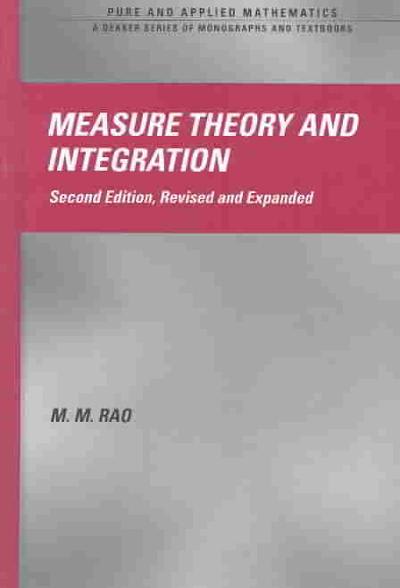
You are given data about patient adherence to medication routines (i.e. taking the right pills at the right times). Your outcome, numerrors, is the number of pills which a patient is in error at the end of the week e.g. a value of 3 indicates they have 3 pills they failed to take. -8 would indicate they took 8 too many pills). Most values are between -3 and +10; the most extreme values are -9 and +27. In addition, you are given the predictor variables of age (continuous), gender (binary), and COGSTAT (a continous measure of cognitive ability, a normal healthy adult will have values around 90, a patient with severe mental deficiencies (e.g. dementia), may have values as low as 30 or 40.) Consider the following R output for each of the following models. > summary (1m (numerrors ~ age, data = d) ) Coefficients : Estimate Std. Error t value Pr(>|t/) (Intercept) 2. 4283 0. 5835 4.161 0. 001 ** age 0. 3116 10. 4209 0. 030 0.976 Residual standard error: A on 24 degrees of freedom Multiple R-squared: 0.044, Adjusted R-squared: -0.012 F-statistic: 1.352 on 1 and 24 DF, p-value: 0.256 > summary (1m (numerrors ~ age*gender, data = d) ) Coefficients : Estimate Std. Error t value Pr(>|t/) (Intercept) 2.5331 1 . 0141 2.498 0 . 020 * age 0. 2116 0. 1164 1.817 0. 082 genderM 4. 1215 1. 2721 3.240 0. 003 * * age : genderM -0. 0523 0 . 0921 0. 568 0. 563 Residual standard error: 5.41 on 24 degrees of freedom Multiple R-squared: B, Adjusted R-squared: .314 F-statistic: C on 3 and 24 DF, p-value: 4. 157e-05 > summary (1m (numerrors ~ gender + COGSTAT, data = d) ) Coefficients: Estimate Std. Error t value Pr(>|t/) (Intercept) 1.9154 0 . 4050 4.729 8e-5 * * * genderM 4.080 1. 3365 3.053 0 . 005 * * COGSTAT -3. 6888 0. 8214 4.490 1e-4 **# Residual standard error: 6.81 on 24 degrees of freedom Multiple R-squared: 0.780, Adjusted R-squared: 0.777 F-statistic: 28.991 on 2 and 24 DF, p-value: 6. 129e-09 1) For each missing value A, B,C, identify which of the following values are plausible. A plausible value is one which could potentially appeared. Some of these values are ruled out due to context clues in the results; the remainder are plausible. Each question has at least 1 plausible answer and at least 1 impossible answer. A) . 39.33 10.36 7.21 4.11 -3.22B) . 1.25 .604 . .297 .012 . -.343 C) . -16.512 -3.154 . 0.154 . 12.486 82.154 2) Provide formal interpretations of all estimated coefficients in context for the second model. 3) The research goal is to identify patients who are likely to miss pills based upon their age. Which model would you choose, and why









